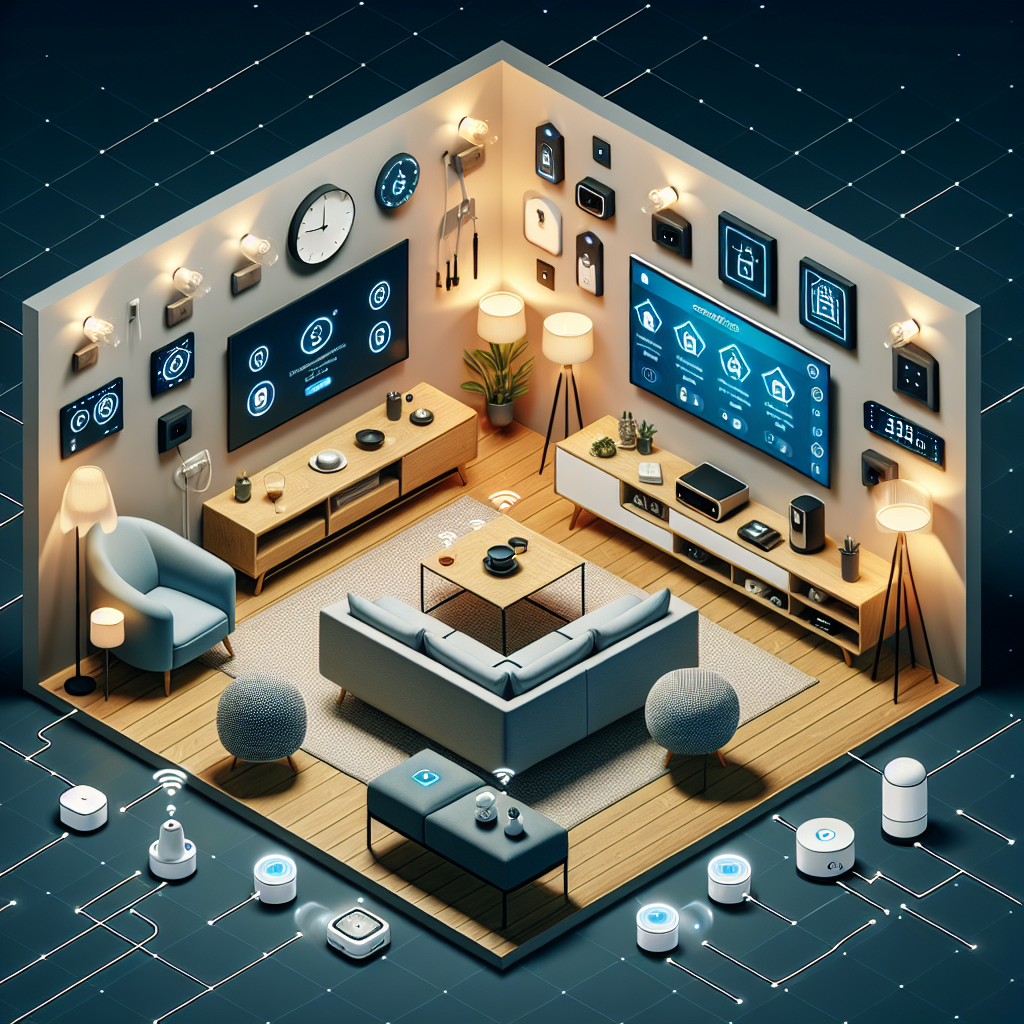Understanding Smart Plugs and Sensors
Home automation has become increasingly popular, and smart plugs and sensors are at the forefront of this revolution. These devices allow you to control and automate various electronic devices and home systems with ease. By integrating smart plugs and sensors into your home, you can enhance convenience, save energy, and improve security.
Benefits of Using Smart Plugs
Convenience
Smart plugs enable you to control devices remotely using your smartphone or voice commands. This means you can turn on your coffee maker, lamps, or any other electronic device from anywhere in the world.
Energy Efficiency
By monitoring and controlling your home appliances, smart plugs help reduce energy consumption. You can schedule devices to turn off when not in use or monitor their power usage to identify and eliminate energy-wasting habits.
Enhanced Security
Smart plugs can be used to create the illusion of an occupied home by scheduling lights to turn on and off at different times, deterring potential intruders.
How to Set Up Smart Plugs
Setting up smart plugs is straightforward and typically involves the following steps:
- Purchase compatible smart plugs that work with your home network and devices.
- Download the corresponding app for the smart plug on your smartphone.
- Plug the smart plug into an electrical outlet and connect it to the app by following the manufacturer’s instructions.
- Connect your electronic devices to the smart plug.
- Use the app to control your devices remotely and set schedules as needed.
Getting Started with Smart Sensors
Smart sensors enhance home automation by providing real-time data and triggering actions based on specific conditions. Here are some common types of smart sensors:
Motion Sensors
These sensors detect movement within a specified area and can activate lights, cameras, or alarms upon detecting motion.
Temperature Sensors
Temperature sensors monitor the temperature in different areas of your home and can be used to adjust heating or cooling systems automatically.
Humidity Sensors
These sensors help maintain optimal humidity levels by controlling humidifiers or dehumidifiers in your home.
Door and Window Sensors
These sensors alert you when doors or windows are opened or closed, enhancing home security and energy efficiency.
Integrating Smart Plugs and Sensors with a Smart Home Hub
To maximize the benefits of smart plugs and sensors, consider integrating them with a smart home hub. A smart hub acts as a central control system for all your smart devices, allowing seamless communication and automation. Popular smart home hubs include Amazon Echo, Google Home, and Samsung SmartThings.
Tips for Effective Home Automation
- Start Small: Begin with a few key devices and gradually expand your smart home setup as you become more comfortable with the technology.
- Choose Compatible Devices: Ensure that all your smart plugs, sensors, and other devices are compatible with your chosen smart home hub for seamless integration.
- Regularly Update Firmware: Keep your devices’ firmware updated to ensure optimal performance and security.
- Use Routines and Scenes: Create routines or scenes that combine multiple actions based on specific triggers, such as turning off all lights and locking doors when you leave the house.
Conclusion
Automating your home with smart plugs and sensors offers numerous benefits, from increased convenience and energy efficiency to improved security. By understanding the different types of devices available and following best practices for setup and integration, you can create a seamless and intelligent home environment. Start small, choose compatible devices, and utilize a smart home hub to maximize the potential of your automated home.

